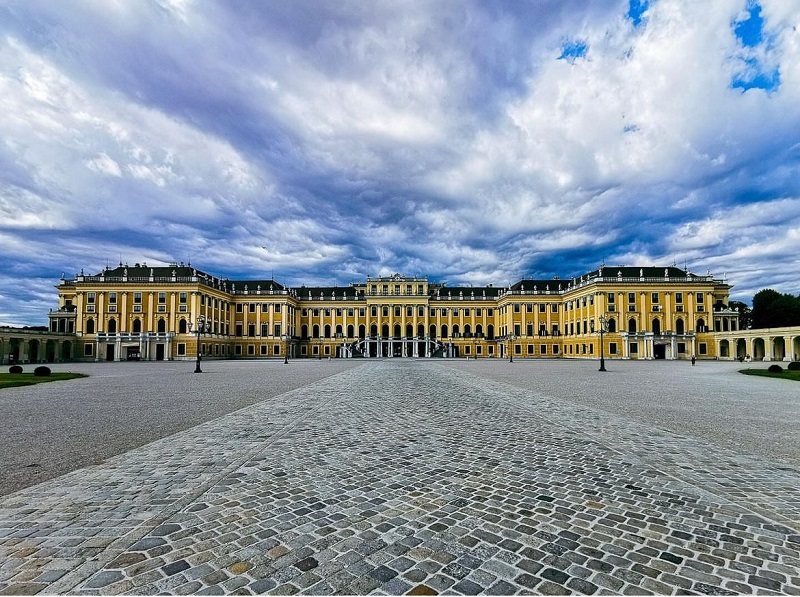
 Schönbrunn
Schönbrunn

Schönbrunn Palace is one of Austria’s major tourist attractions. The whole Schönbrunn complex with Tiergarten Schönbrunn, Palmenhaus, Wüstenhaus, the Wagenburg, and the Schoenbrunn Palace Concerts draw millions of visitors each year. The 1,441-room Baroque palace is one of the most important architectural, cultural, and historic monuments in the country. The complex has a sculpted garden space between the palace and the Neptune Fountain called the Great Parterre. The garden axis points towards a 60-metre-high (200 ft) hill, which since 1775 has been crowned by the Gloriette structure.
The history of Schönbrunn and the buildings that previously stood on this site dates back to the fourteenth century. This imperial heritage reflects the changing tastes, interests, and aspirations of successive Habsburg monarchs.
At the end of the seventeenth century Emperor Leopold I commissioned the Baroque architect Johann Bernhard Fischer von Erlach, who had received his training in Rome, to design an imperial hunting lodge for his son, Crown Prince Joseph, later to become Emperor Joseph I. Replacing the château de Plaisance built on this site for the dowager empress Eleonora of Gonzaga in 1642, it was to grow into a palatial imperial residence over the eighteenth century.
In the possession of the Habsburg dynasty since Maximilian II, as former court property, the palace passed to the ownership of the Republic of Austria at the end of the monarchy in 1918 and was administered by the Schlosshauptmannschaft Schönbrunn (a local government body) until 1992.
The palace was listed on the list of UNESCO World Cultural Heritage Sites in 1996.
The palace is magnificent, with furniture fit for an imperial family and in exquisite taste. The gardens have everything that art has ever created.